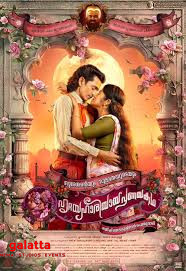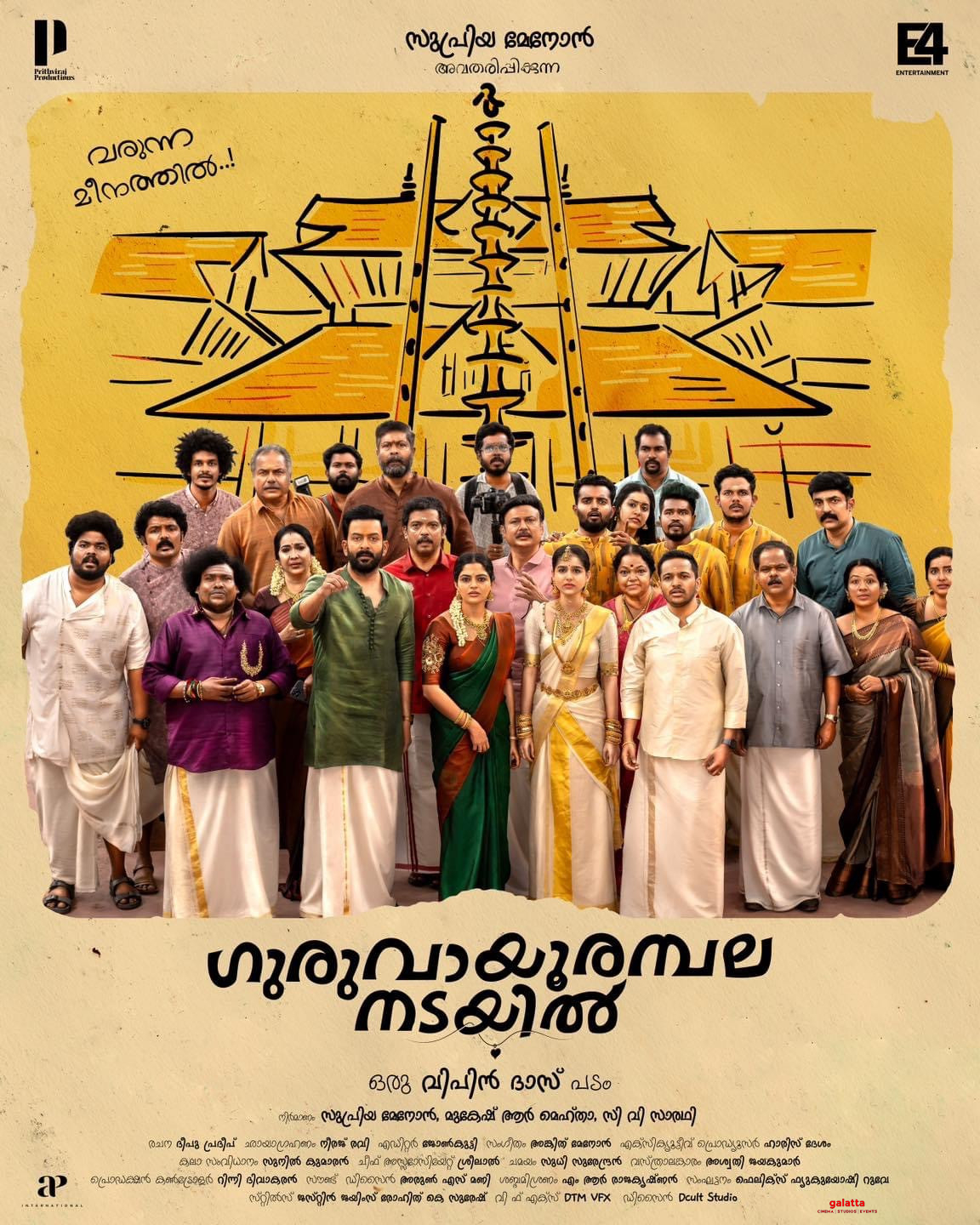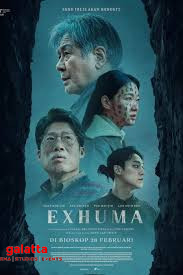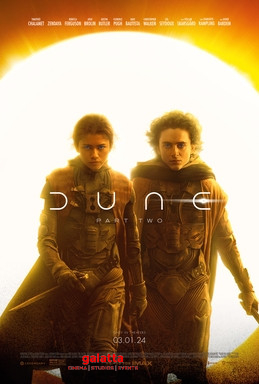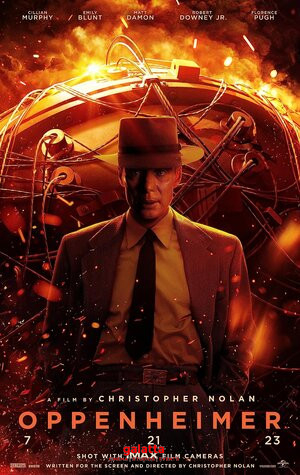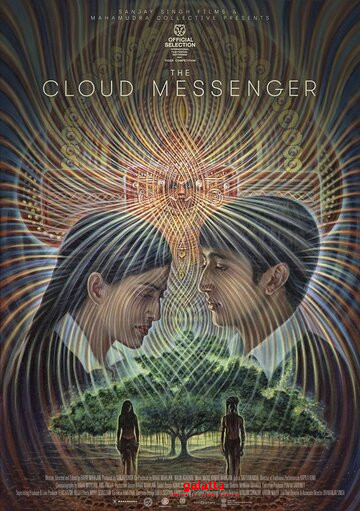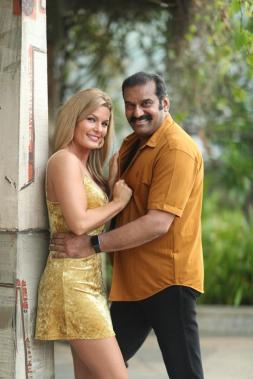Furiosa: A Mad Max Saga Movie Cast & Crew
The image of a one-armed protagonist hellbent on revenge isn't new. Consider the finest examples, John Sturges' "Bad Day at Black Rock" or Paul Schrader's "Rolling Thunder," whose heroes make for fascinating characters because their personality tells a story -- some explicit, others not. In both films, the protagonists are war veterans. In the former, we don't learn how they lost their arm; in the latter, we do. The titular protagonist of "Furiosa" (Anya Taylor-Joy) has a story about losing hers, and, as in "Rolling Thunder", this incident is also associated with the loss of a loved one. When it finally happens, the film has reached its third act. The revenge plays out in a 'multiple accounts' manner. Only Furiosa knows what happened. When a narrator tells us about it, we wonder if it really happened. There is a mythical quality to it. The same applies to the film, which relies on a novelesque narration.
Every film in the "Mad Max" saga has behaved differently. "Furiosa" is no... different. It gets into bizarre territory, but that's every "Mad Max" film. George Miller has carved the entire saga out of a singular fabric. It's only a matter of the various degrees of weirdness. The change in tone has proved frustrating for some because they expected "Furiosa" to behave like "Fury Road". But then, none of the "Mad Max" films that came before did. "Furiosa", like every other entry in the saga, is its own beast, even though it's cut out of the same fabric. It's the first coming-of-age story in the series. It's closer in tone to the far mellower first film that announced the arrival of a new star, Mel Gibson. The emotional arc of the 1979 film is far more compelling. Gibson sold his loss so well, and Miller got us to spend enough time with Max Rockatansky and his family to make us really feel the depth of their bond before the inevitable tragedy.
"Furiosa", on the other hand, is much more economical at depicting these things, but it still lingers on human emotions much longer than it does in "Fury Road". We get the terrific Charlee Fraser in a short but commanding turn as Furiosa's mother. We can tell where the daughter got her resilience and grit. While watching "Furiosa", I remembered James Cameron's "The Terminator" and the Sarah Connor-Kyle Reese relationship, which draws parallels, in my eyes, to the Furiosa-Praetorian Jack moments. But Miller keeps the couple's love at a considerable distance from us, perhaps deliberately, to not get us too attached. Jack is the Max equivalent in "Furiosa", another warrior capable of handling a giant, retrofitted truck with which he and Furiosa take down multiple unsavoury intruders. Like Sarah Connor-Kyle Reese, their friendship begins on the wrong foot but later leads to a "Come with me if you want to live" moment.
There are ample action sequences, but the relatively slower pacing can be offputting for some, and this criticism would be surprising if it came from anyone who has seen all the previous "Mad Max" films. It's not "Beyond Thunderdome", which many, including yours truly, consider the weakest in the saga. I think it's far superior to "Fury Road" because it doesn't go for the breakneck pacing of the former and accommodates enough time and space for us to take in the details, rules and intricacies of its world. Oddly enough, of all the "Mad Max" films, I found the secondary to tertiary characters in "Furiosa" far more memorable. Even the guy who shows up for a few minutes has something to do. I was also surprised to learn Miller gave at least two actors dual roles. For example, Elsa Pataky plays an ally of Furiosa's mother and a disfigured follower of the main villain, Dementus (Pataky's spouse, Chris Hemsworth). The same goes for Lachy Hulme, playing both Immortan Joe and Dementus' lieutenant.
Dementus. Where do I begin? He is easily the saga's most memorable and well-written villain in my book. It took me two viewings to get to this conclusion. Much like Toecutter of the first film, he makes his presence known but is also a more complex villain. In so few words, he lets us know that he is what Max would've become if he had turned to the dark side. In that regard, "Furiosa" toys with some of the themes that Christopher Nolan's Batman saga did. Suddenly, you remember what happened to Harvey Dent. Dementus is a man living with zero hope, a picture of self-loathing. Having lost control of his life's past events, he now hopes to take control of the outcome of every upcoming event and every establishment he hears about. In one scene, he resembles an Indian parent trying to break apart two lovers.
In lesser hands, his final confrontation with Furiosa would've looked ordinary. But Miller has moulded Hemsworth in a way that makes the actor distant from even his "Thor" roles through a performance that's at once physical, performative, and palpable. He recalls the image of a Roman emperor on a chariot -- only here, it's three bulked-up motorcycles instead of horses. One cannot help but see parallels in Miller's casting choices for the bad guys in every "Mad Max" film, their costumes, and manner of speaking to the central characters in Stanley Kubrick's "A Clockwork Orange". They could rival each other in eccentric, unpredictable, and chaos-inducing behaviour. Fortunately, Miller doesn't resort to the ultra-violent tendencies of the "droogs" in the Anthony Burgess story.
However, I'm not certain I bought Anya's performance fully. Perhaps it's because Charlize Theron embodied all the qualities of the character in such a way that we cannot picture anyone else in the role. There's also the slightly distracting question of how the younger Furiosa escaped detection for so long. But that's a minor quibble in a film loaded with other riches. Miller's extraordinary gift for conjuring up some of the most spectacularly choreographed action sequences is on full display in "Furiosa" as well.
Unlike in Fury Road, with its hyperkinetic rhythm accomplished through whiz-bang editing and frames packed with too many elements -- to a point where we couldn't quickly comprehend what happened to whom -- and accompanied by a loud, rock-heavy core, Miller goes for a more subdued and graceful approach this time around. There are more opportunities here to pause and absorb the vast, sprawling desert landscape -- the sharp colours, the clear delineation of land and sky -- and the geography of the events and appreciate the beauty of the choreography of it all.
Miller draws from iconic Westerns and samurai films to gift us some strikingly indelible images: heavy wind erasing trail marks, a decaying skull crushed by a racing motorcycle (The Terminator, anyone?), a dog carrying a severed human foot (Yojimbo), and crows flying against a brown sky as a girl runs to her mother. And I'll not forget that nightmarish scene with an old lady that nearly triggered a barf reaction. (Miller exposing us to some of the gross sights he saw in medical school, I guess.) But that's the Mad Max universe in a nutshell. Chaotic, hellish and ugly, but there's also beauty to be found somewhere.

